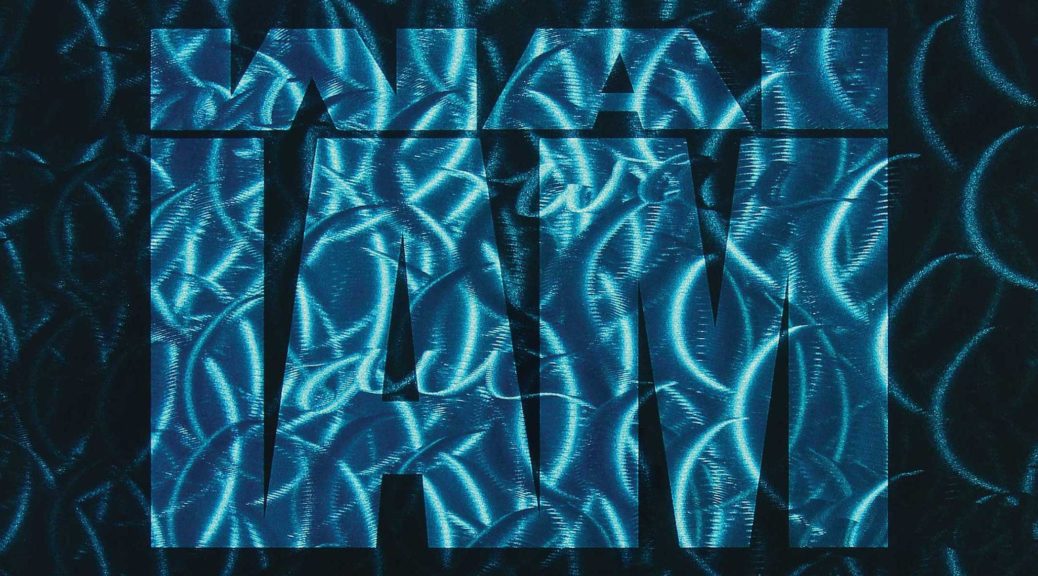ISRAEL BIRCH
Ngāpuhi, Ngāti Kahungunu, Ngāi Tawake, Ngāti Rakaipaaka
Whiti o Rehua School of Art
Massey’s unique Toioho ki Āpiti Bachelor of Māori Visual Arts programme not only teaches students how to be artists, but also covers Māori art history, language, culture and tikanga, with the aim of producing well- rounded, contemporary Māori art practitioners. ‘This means that as well as their studio classes, students also study subjects such as te reo Māori, customary Māori art and the Treaty of Waitangi,’ said Israel Birch from the School of Art. ‘Some of the students may not have had access to their language before, so we try to build up their knowledge of te reo Māori, and with language comes tikanga, or Māori customs. The hope is to foster students’ identity, which is tied to wellbeing.’
The degree is made up of four parts. The first-year kaupapa is Mana Whakapapa, or genealogy. ‘Mana is your worth, your prestige, so this means focusing on who you are, where you come from, and your connections to people and the environment, which immediately grounds your work in your identity,’ said Birch. Next is Mana Tiriti, which aims to activate students’ political selves and what this means in Aotearoa New Zealand, such as understanding Te Tiriti o Waitangi and the wider political world. The third part of the degree is Mana Whenua, or understanding students’ relationship to the land and the environment. ‘Our course is a kaupapa Māori conceptual art school. As an example, our students look at our relationship to land at a conceptual level, so we might challenge the students to research what type of land or whenua they eat, or what type of whenua they wear in terms of clothing, and to create works that respond to this research.’ The final part of the degree is Mana Tangata, which is about utilising knowledge to uplift people.
‘The type of work that we’re trying to create is conceptual. In a traditional art school, you might learn how to paint a mountain that looks like a mountain. But at our school, we ask the students to research their maunga [mountain] as a foundational element of their whakapapa and identity. This is one way of affirming themselves as tangata whenua [people of the land]. We’re really privileged at Toioho ki Āpiti, because we’ve got quite a small school, so we can take students to meet different artists, to attend wānanga [discussions] and we can share our practice with them. This is the twenty-fifth year the course has been running, and some of the best Māori art practitioners have come out of our school.’
Although Birch is a practising artist, he views his teaching as even more important, particularly the trust and freedom he has been given to be creative within the teaching practice. ‘It’s really open and quite diverse, and that’s what keeps it exciting,’ he said. ‘However, I do a lot of other artwork. My father was a master carver. He carved houses, waka and many other customary Māori artworks. My work is also carving, but in a contemporary way with stainless steel. Light is the primary fascination in my practice, called painting with light. Māori believe that we’re no different to plants — we need the earth to grow, and we need pure water, and we need light to exist. I’m also interested in how religions use the symbolism of light and dark, and Māori ideas of light and dark within our culture and spiritualism.’
Currently, Birch is involved in the design of the new marae at Massey’s Wellington campus. ‘The goal is to transfer my painting practice to architecture, and I’m helping to lead the building of the wharekai, the dining hall. The theme is about Tangaroa and Hinemoana, who are the deities associated with the ocean, so I’m wanting to build a house that moves like the ocean. To work on a marae project as a Māori art practitioner is culturally the pinnacle of my practice. I’m very lucky to be participating in this project with some amazing artists.’
Birch is also working on a sculpture commission for Te Rau Tauawhi: Māori Student Support in Palmerston North, and recently participated with his daughter Cyan in Street Prints International Arts Festival Te Papaioea, where 10 international artists and 40 Palmerston North youth painted 20 large-scale murals around the city. Birch’s work can be seen on the side of the Oranga Tamariki building at 313 Church Street. He is also planning an exhibition this year at the Milford Gallery in Dunedin themed around ideas about rangimārie — peace. ‘Peace is really important at the moment; there are a lot of challenges in the world. The world needs to slow down and reflect on peace and kindness, and to get back to our basic human needs and show manaakitanga — caring for each other.’

